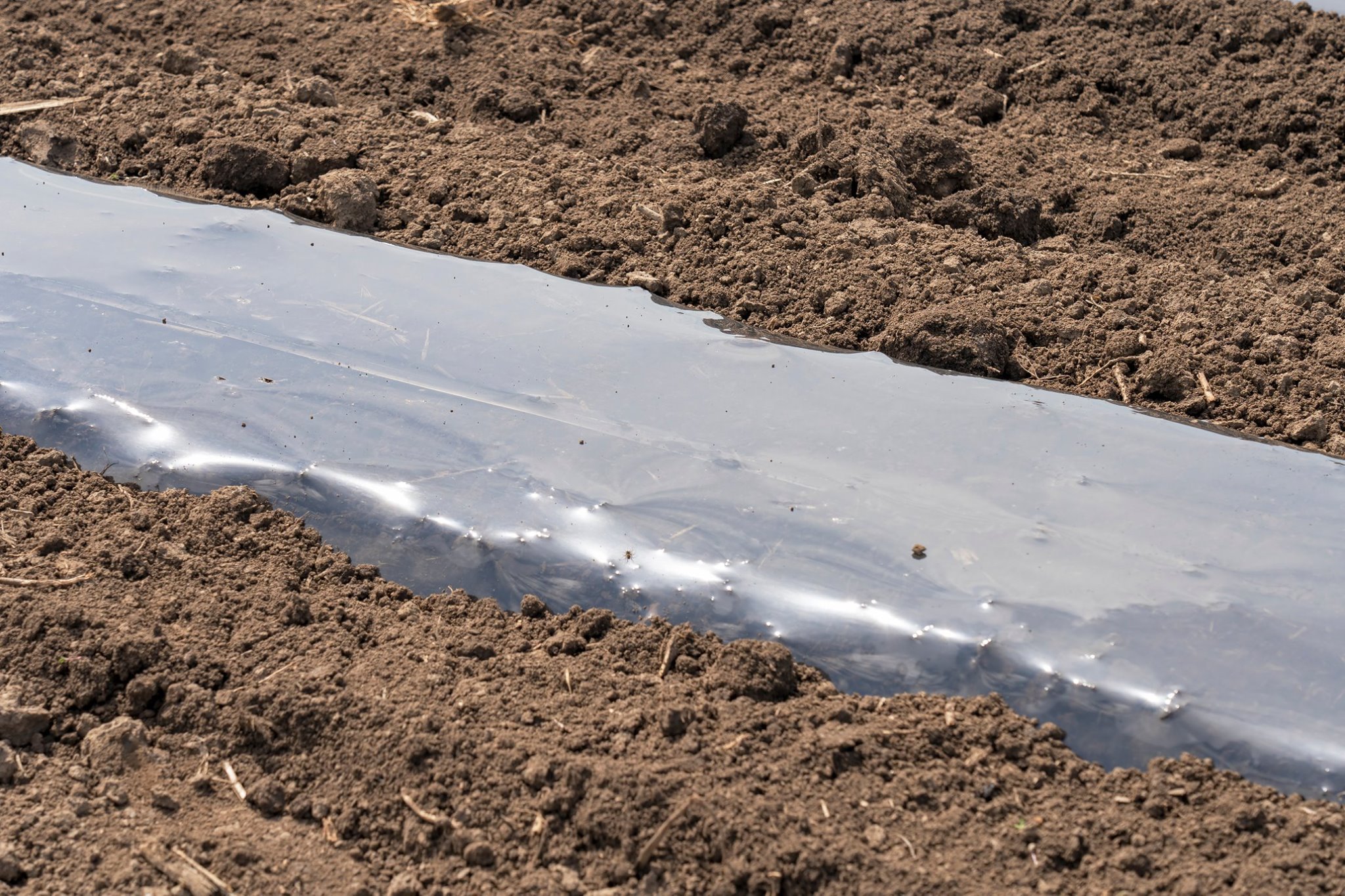Too Hot To Handle! Soil Solarization – A Perfect Solution for Florida Gardeners
Soil solarization is a practice used to manage weeds, nematodes, diseases, and insects in soil. By covering the soil surface with clear plastic (see below), one will allow sunlight to pass through and heat up the soil to temperatures that are lethal to many of these pests. If effective, solarization can reduce population levels of these pests for 3–4 months, sometimes longer. This is perfect for Florida gardeners, frustrated with keeping their plants growing in the torrid summer months, unable to battle the weeds, or anxious to leave their homestead gardens for a cooler place while on vacation. No need to worry, you can accomplish many wonderful things, it just requires some expert green thumb knowledge and a little prep!

Solarization can be achieved on any soil type in Florida, even rock soils. For best results, it should be executed in open, unshaded areas. You should not expect very good results if the sun is blocked by trees or buildings during the day.
The best times for solarization are during the summer months of June, July, and August due to the hottest temperatures. June may actually be the best month, because rainfall may be lower than in the other summer months. If you happen to be aJoseph P Cory Foundation Gardens of Hopegrant recipient in a school, this is a great save, and can be accomplished by the end of the term.
The area to be solarized must first be cleared of existing weeds and debris. Tilling the site is helpful to increase penetration of heat into the top 6 inches of soil. Sticks, old roots, and other debris should be removed so they do not poke holes in the plastic.
Water helps to conduct heat, so best results occur if soil is moist but not waterlogged or muddy before you get ready to cover up. (If the soil is very dry and dusty, the solarization will not work as well) On sandy soils in Florida, conditions are best when the soil received rain or irrigation the day before plastic is applied. If rain or irrigation occur just a short time before applying plastic, the soil can be heavy, muddy, or otherwise difficult to work with, and the clear plastic can get dirty.
Raised beds or on flat ground are both good subjects, just be sure you use clear plastic. Silver reflective plastic will not pass sunlight to the soil below.White plastic will not allow maximum sunlight to pass through, andpoor-quality plastic will most likely break apart easily, so consider a product that will be strong enough to last for 6 weeks in Florida’s summer sun.
To prepare, the plastic should be stretched tight and the edges sealed completely by burying it in soil. If edges are not completely sealed, heat will leak out and problems may result in these cooler areas.

After at least three weeks, the plastic can be removed, and if the procedure was successful, weeds and soil pests should be reduced for 3-4 months. Do not plant anything until the plastic is removed because the heat under clear plastic will kill seeds and plants! Please remember to dispose of your plastic in a safe and environmentally friendly way.
Wishing you wonderful results!
For additional information and more details about solarization in Florida: http://edis.ifas.ufl.edu/in824
Robert McSorley and Harsimran K. Gill





